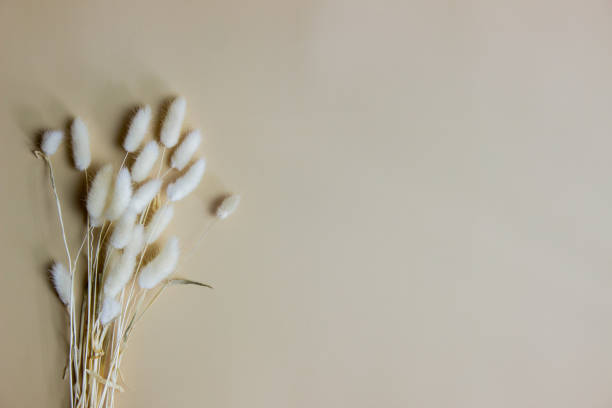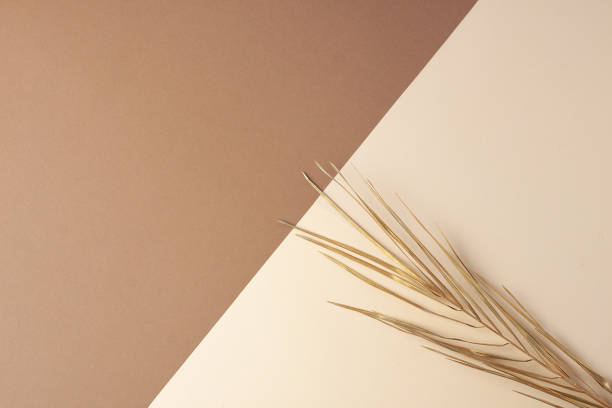If you’re a minimalist who thrives on simplicity but wants to add a touch of color to your home, almost-neutral shades offer a balanced approach. These hues introduce a subtle vibrancy without overwhelming your clean aesthetic. Here are five almost-neutral color trends that will allow you to refresh your space while maintaining a minimalist vibe.
1. Greige: The Perfect Blend of Gray and Beige
Greige is a sophisticated color that combines the best of gray and beige. This hue provides a neutral backdrop that feels warmer than basic gray but cooler than ordinary beige. Greige works well in any room, whether it’s your living room, bedroom, or office. Its versatility makes it an excellent choice for walls, furniture, and even decor items. To add depth without overpowering the space, pair greige with natural textures like wood or linen.
2. Soft Blush: A Touch of Elegance
Soft blush is a romantic yet understated hue that adds just a hint of color to your minimalist decor. This almost-neutral pink is subtle enough to work as a neutral but offers a gentle contrast to classic white and gray. It’s ideal for bedrooms or living areas where you want to introduce a touch of sophistication. Pair soft blush with white furniture and gold accents to create an elegant, airy environment.
3. Sage Green: Natural and Soothing
Sage green is a calming, nature-inspired color that can bring a sense of tranquility to any room. This almost-neutral green works well in minimalist decor because it introduces a slight earthy tone without feeling too bold. Sage green is perfect for kitchens and bathrooms, offering a refreshing aesthetic. To complement this hue, consider using natural materials and houseplants for a cohesive and serene space.

4. Whisper White: Beyond Basic White
Whisper white is an off-white shade that brings a slight warmth to minimalistic interiors. Unlike pure white, whisper white offers a softer, more inviting glow that can make your space feel cozy while still maintaining its minimalist essence. This shade is perfect for creating a serene atmosphere in bedrooms or living areas. Balance whisper white with light wood tones and soft textiles to enhance the warm, minimalist aesthetic.
5. Light Taupe: Versatile and Timeless
Light taupe is a versatile almost-neutral color that combines gray and brown for a timeless look. This shade complements a wide range of colors, making it ideal for minimalist spaces that require a bit of warmth. Light taupe is suitable for walls, furniture, and even accessories. To create a harmonious environment, pair light taupe with varying shades of white and natural elements like stone or wood.
Conclusion
Incorporating almost-neutral colors into your minimalist decor allows you to achieve a balanced and sophisticated look. These shades offer subtle variations that enrich your space without disrupting its simplicity. By exploring hues like greige, soft blush, sage green, whisper white, and light taupe, you can add depth and character to your home while maintaining a serene, uncluttered atmosphere. Try these almost-neutral trends to elevate your minimalist style effortlessly.
FAQs
1. What is an almost-neutral color?
Almost-neutral colors are subtle shades that are close to neutral but offer a hint of a different hue. They provide a slight vibrancy without overwhelming a minimalist decor.
2. Can almost-neutral colors be used in any room?
Yes, almost-neutral colors are highly versatile and can be used in any room. They are ideal for creating a cohesive look that still feels warm and inviting.
3. How do I pair almost-neutral colors with other elements?
To pair almost-neutral colors effectively, combine them with natural textures and materials such as wood, linen, and stone. This enhances their subtlety and elevates the minimalist aesthetic.
4. Are almost-neutral colors suitable for furniture as well?
Absolutely! Almost-neutral colors work wonderfully on furniture. They can serve as a soft foundation, allowing you to layer with textures and other subtle hues to maintain a minimalist look.
5. How do almost-neutral colors differ from pure neutrals?
Pure neutrals like white, black, and gray lack any hue, while almost-neutral colors include a slight undertone of another color. This provides more depth and warmth while still maintaining a neutral appearance.




